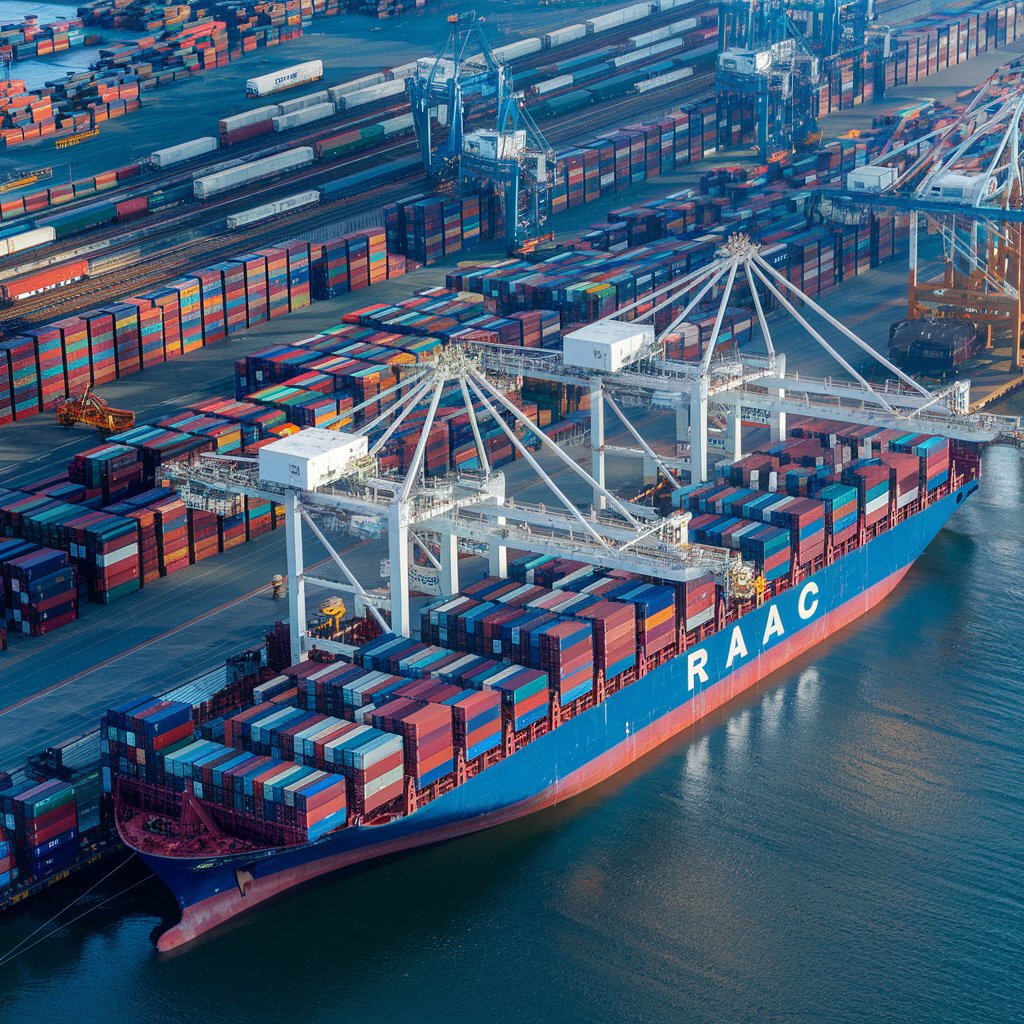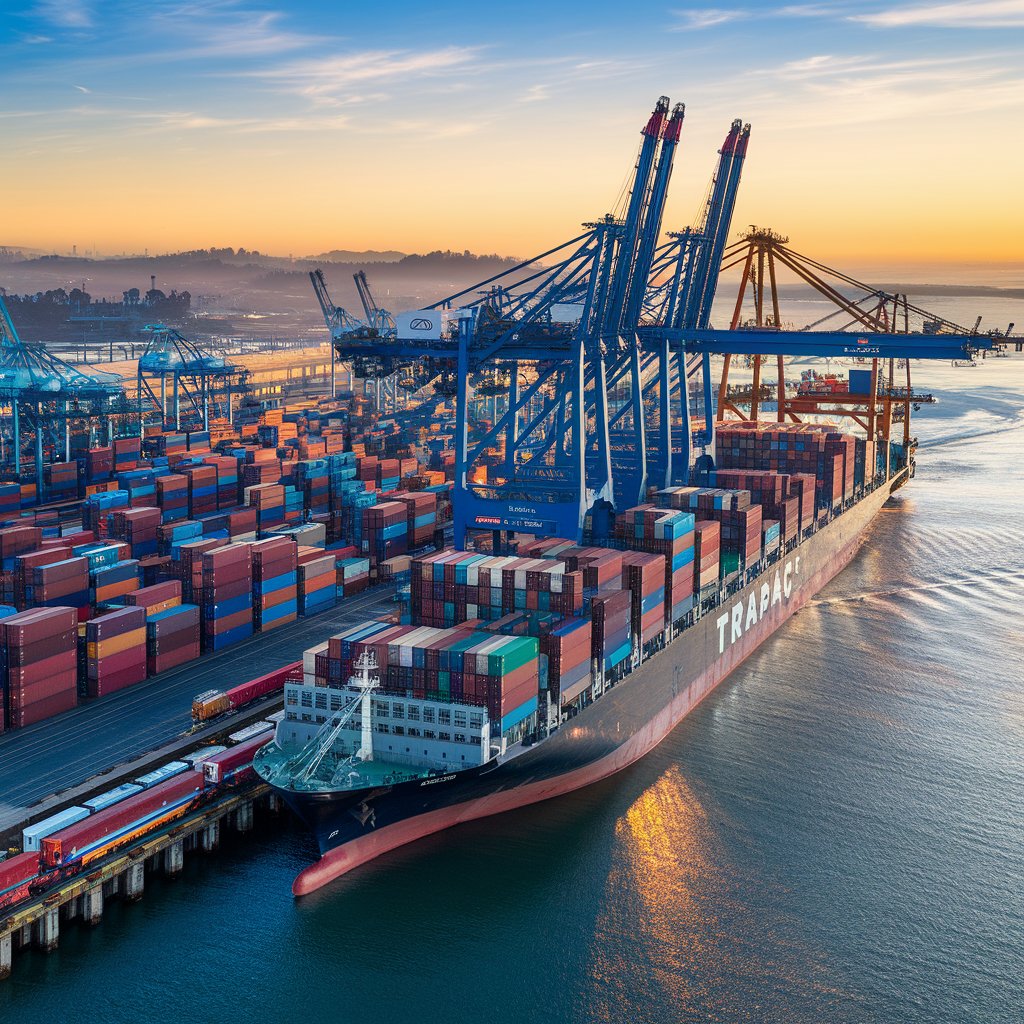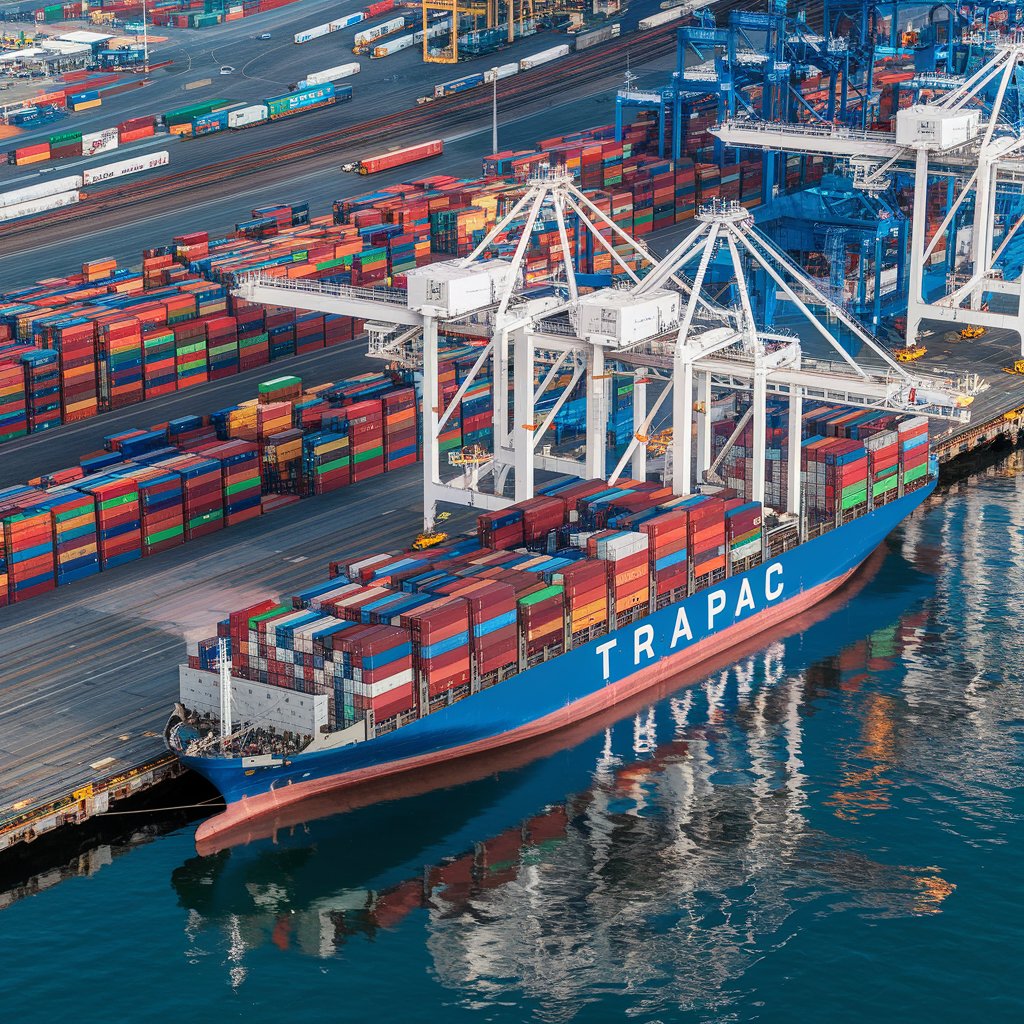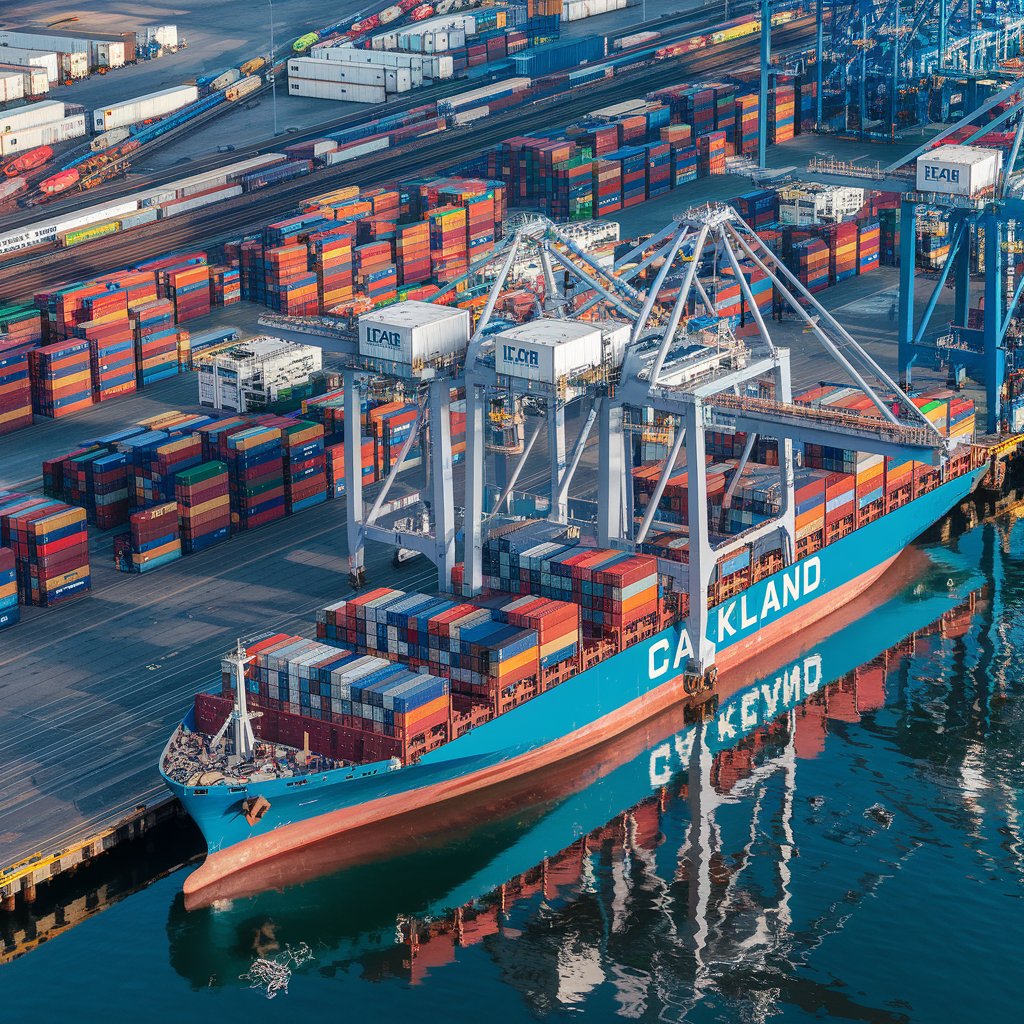The Role of TraPac Oakland in Modern Practices
This article provides a detailed explanation of TraPac Oakland, highlighting its key features, practical applications, and relevance for professionals and businesses in the logistics industry.

What Is TraPac Oakland?
TraPac Oakland is a state-of-the-art container terminal designed to handle large-scale shipping operations efficiently. It is part of the TraPac network, which also operates terminals in Los Angeles and Jacksonville.
Key Facts About TraPac Oakland
- Location: Port of Oakland, California.
- Operator: TraPac, LLC – A leading terminal operator.
- Function: Handles containerized cargo for international trade.
- Technology: Equipped with automated cranes and digital tracking systems.

Key Features of TraPac Oakland
1. Automated Terminal Operations
- Features automated stacking cranes for efficient cargo handling.
- Improves turnaround times for vessels and trucks.
2. Strong Intermodal Connectivity
- Provides direct rail connections to major U.S. markets.
- Integrated with trucking networks for fast cargo movement.
3. Sustainable & Green Initiatives
- Uses zero-emission electric equipment to reduce pollution.
- Implements shore power systems to cut emissions from docked vessels.
4. Advanced Digital Tracking Systems
- Offers real-time cargo tracking through digital platforms.
- Ensures smooth communication between shipping lines and logistics providers.
5. High Cargo Capacity
- Processes millions of TEUs (Twenty-foot Equivalent Units) annually.
- Handles large vessels from global shipping companies.
Practical Uses of TraPac Oakland
1. International Trade & Shipping
- Supports importers and exporters handling goods between Asia and the U.S. West Coast.
2. Supply Chain & Logistics Operations
- Used by businesses for warehousing, transloading, and distribution.
3. Efficient Intermodal Transport
- Connects to major rail hubs and trucking routes for seamless cargo movement.
4. E-commerce & Retail Distribution
- Key terminal for companies like Amazon, Walmart, and Target.

Advantages and Challenges of TraPac Oakland
Advantages | Challenges |
Automated terminal increases efficiency. | Port congestion may cause delays. |
Strong connections to trucking and rail networks. | Weather-related disruptions can impact schedules. |
Advanced tracking systems improve cargo visibility. | High demand requires ongoing infrastructure improvements. |
Sustainability initiatives reduce environmental impact. | Regulatory compliance with emissions laws is required. |
How TraPac Oakland Compares to Other U.S. Terminals
Terminal | Location | Key Feature |
TraPac Oakland | Oakland, CA | Automated operations, strong intermodal transport. |
TraPac Los Angeles | Los Angeles, CA | One of the busiest U.S. container terminals. |
Port of Savannah | Savannah, GA | Largest single-terminal port in the U.S. |
Port of New York/New Jersey | New York, NY | Major East Coast entry point for international trade. |

When to Use TraPac Oakland?
- Best for businesses shipping goods between Asia and the U.S. West Coast.
- Ideal for companies requiring efficient intermodal logistics solutions.
- Recommended for businesses seeking green, sustainable shipping options.
- Not suitable for non-containerized cargo or specialized bulk shipments.
Conclusion
TraPac Oakland is a crucial terminal in modern logistics, offering advanced automation, strong intermodal connections, and environmentally friendly operations.
By understanding its capabilities, advantages, and operational efficiency, businesses can improve their supply chain strategies, reduce transit times, and enhance global trade efficiency.
Whether you’re a freight forwarder, importer, exporter, or logistics professional, TraPac Oakland provides a cutting-edge solution for containerized cargo handling in one of the most important trade gateways on the U.S. West Coast.
